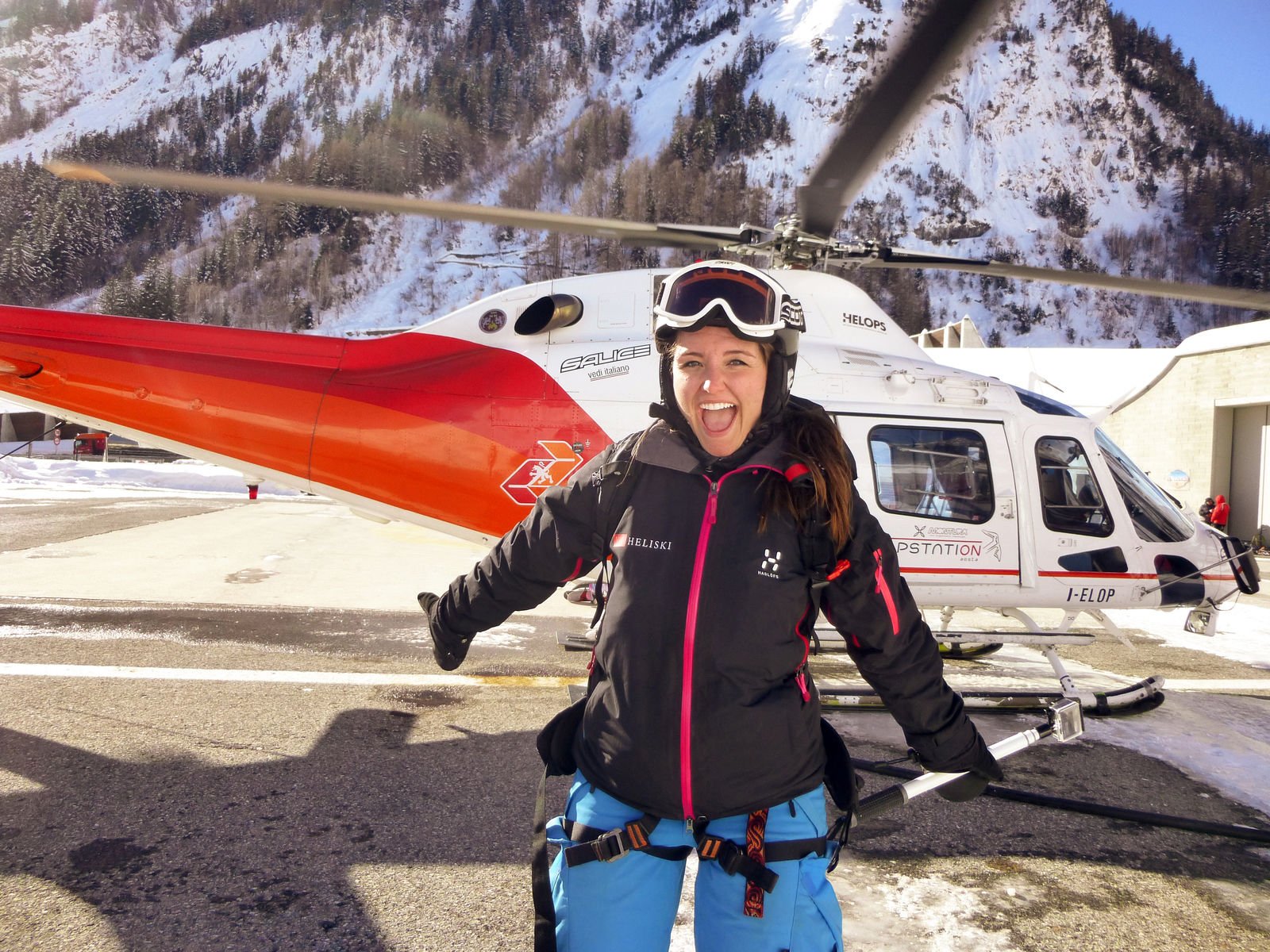Taking Type 1 on holiday
You can leave the rat-race behind, but type 1 diabetes always tags along. Katie Doyle asks five adventurous spirits to share top tips for holidaying with diabetes.
New Zealanders are preparing for summer holidays – in some cases to the remotest spots in the country. For thousands of holidaymakers, this will mean bringing along an uninvited guest: type 1 diabetes.
Tramping, camping, swimming ... Whether you’re holidaying with family, with friends, or on your own, every activity presents its own set of challenges for keeping insulin cold and blood sugars in range. But fun can still sit beside safety at the top of the priority list.
Prioritising fun
Toni Daane and her nearly 10-year-old son, Jaylen- Blaze, look for every opportunity for adventure from their home base in Invercargill.
“My motto is, ‘kids first!’ because I don’t want diabetes to dictate how Jaylen-Blaze lives his life,” Toni says.
They love trips to the beach, and there the mother-son duo works together: “We prick his toes if his hands are dirty, and we have a chilly bag to keep his pump in while swimming so it stays cool.”
Jaylen-Blaze will reconnect his pump to deliver a quick bolus while Toni monitors his levels so that he can enjoy the day. “He’s running around, playing, and he still needs a bit of insulin, so we just put the pump back on, then take it off again.”
Toni says Jaylen-Blaze is responsible for maintaining his own snack pack when going out on adventures, and he brings along “lots of yummy food to combat the lows of running around and swimming”.
Prep is everything
Whether you’re an adult or a child with type 1, varying activities often equal varying blood glucose levels. Ana Hutchins says that this is why “what seems like a spur-of-the-moment day out has, in fact, been carefully considered and planned”.
Ana, who has type 1, lives in Ōtorohanga, Waikato, with her four-year-old son Noah and her partner. Before heading off on any trip, she asks: Do I have enough insulin? Pump consumables? Insulin pens in case of pump failure? Hypo treatments to last at least a week?
“We’re just like most Kiwi families and love spending days at the beach, fishing off the rocks in remote locations. The only difference is that I have diabetes.
“Safety is a big factor when Noah and I venture out on our own,” says Ana. “I’ve had to educate him the best I can that his mummy has diabetes, so that if anything happened, he could communicate that to someone and get help.” Maintaining a positive mindset is vital when teaching young children about diabetes safety, as it is in trip planning generally.
Self care
Rachael Hewton, from Invercargill, agrees that holiday planning is essential. Nearly a decade after she was diagnosed with type 1, she and her husband have two boys under four. “I think the key thing for maximum fun is that you’re prepared,” she says.
“The old Murphy’s Law says that if you have all the supplies, you won’t need them.” She adds that, as a parent, making an extra effort to focus on herself is vital.
“It’s difficult on trips to make sure that I take care of my diabetes. It’s easy to prioritise the kids’ needs above my own. I have to remind myself that the most important thing my kids need from me is for me to be well.”
A pharmacist and National Girl-led Adviser with Girl Guides, Rachael knows she has to communicate her needs as she juggles family time with diabetes logistics. “It’s really important that partners are a part of your care, as they can often pick up on hypo symptoms a lot faster.”
Camping curve-balls
Sarah Ward’s son Jack was diagnosed with type 1 last year at age six. Adjusting to a new lifestyle didn’t stop the family, who live in Wellington, from camping in Taupō over Easter.
“Camping is something we love to do,” says Sarah. “It’s still possible to camp with diabetes. It just requires a lot more planning and flexibility when diabetes throws you a curve ball.
“A discovery we made in the tent, in the pitch black, is that Jack’s meter doesn’t like freezing temperatures. We did bring two meters, thankfully, and one of them worked.”
Along with bringing extra supplies, Sarah keeps them within easy reach: “We now know how fiddly it is to finger prick and administer insulin in the dark, in a tent, with a child in a sleeping bag, so we keep everything we need all in one easy-to-reach place near Jack.”
Challenges met
Rebecca Ryan, from Ōamaru, says that adventuring with diabetes makes the end of each day all the more worth it.
“I love taking day trips up the Waitaki Valley or mountain biking up the Ahuriri Valley. I’ve always been pretty outdoorsy, but I have a greater appreciation for the benefits of exercise since being diagnosed nine years ago,” she says. “Hiking is exercise; it’s a challenge; it’s an escape from the day-to-day rush; it fills the soul.
“Sure, having type 1 diabetes means it requires more planning and a few more stops along the way for blood sugar checks and snacks, but that’s all part of the challenge, and makes reaching the summit all the more satisfying!”
The author: Katie Doyle is an American student and adventurer with type 1 diabetes who has travelled through Aotearoa New Zealand and maintains ties here. She loves connecting with other travellers, and spreading hope and confidence that people with diabetes can manage anything they want.
This article was first published in the Summer 2019 issue of Diabetes Wellness. To subscribe to Diabetes Wellness, either in hard copy or digital, click below.






